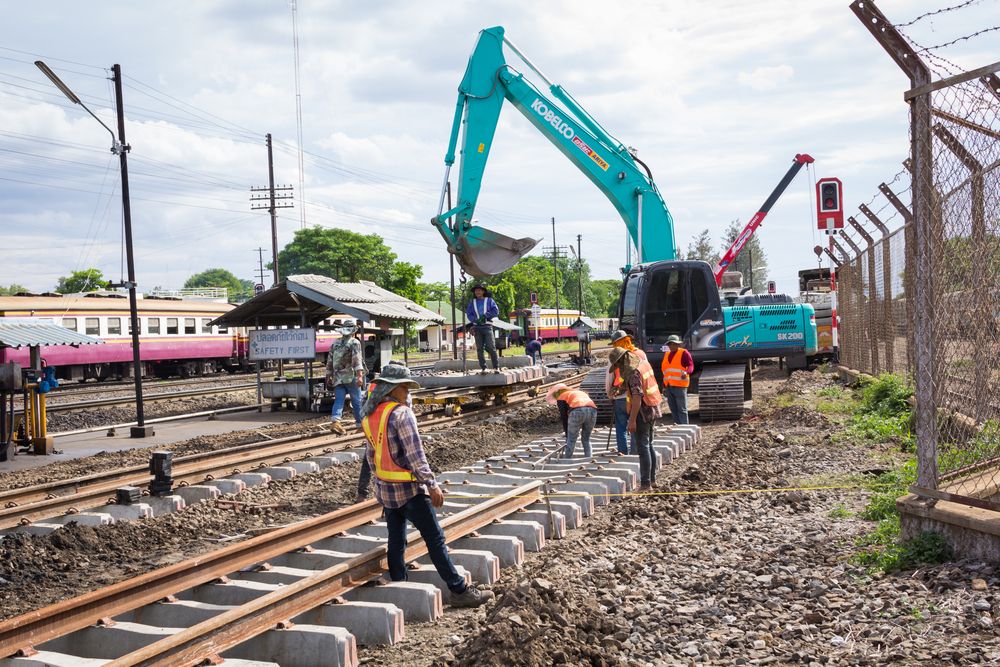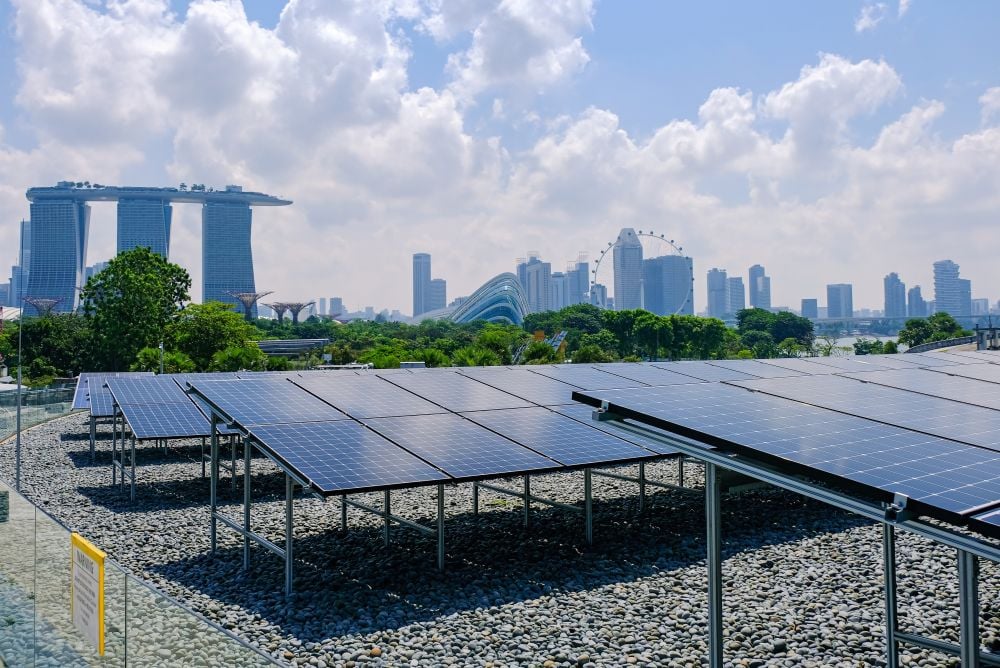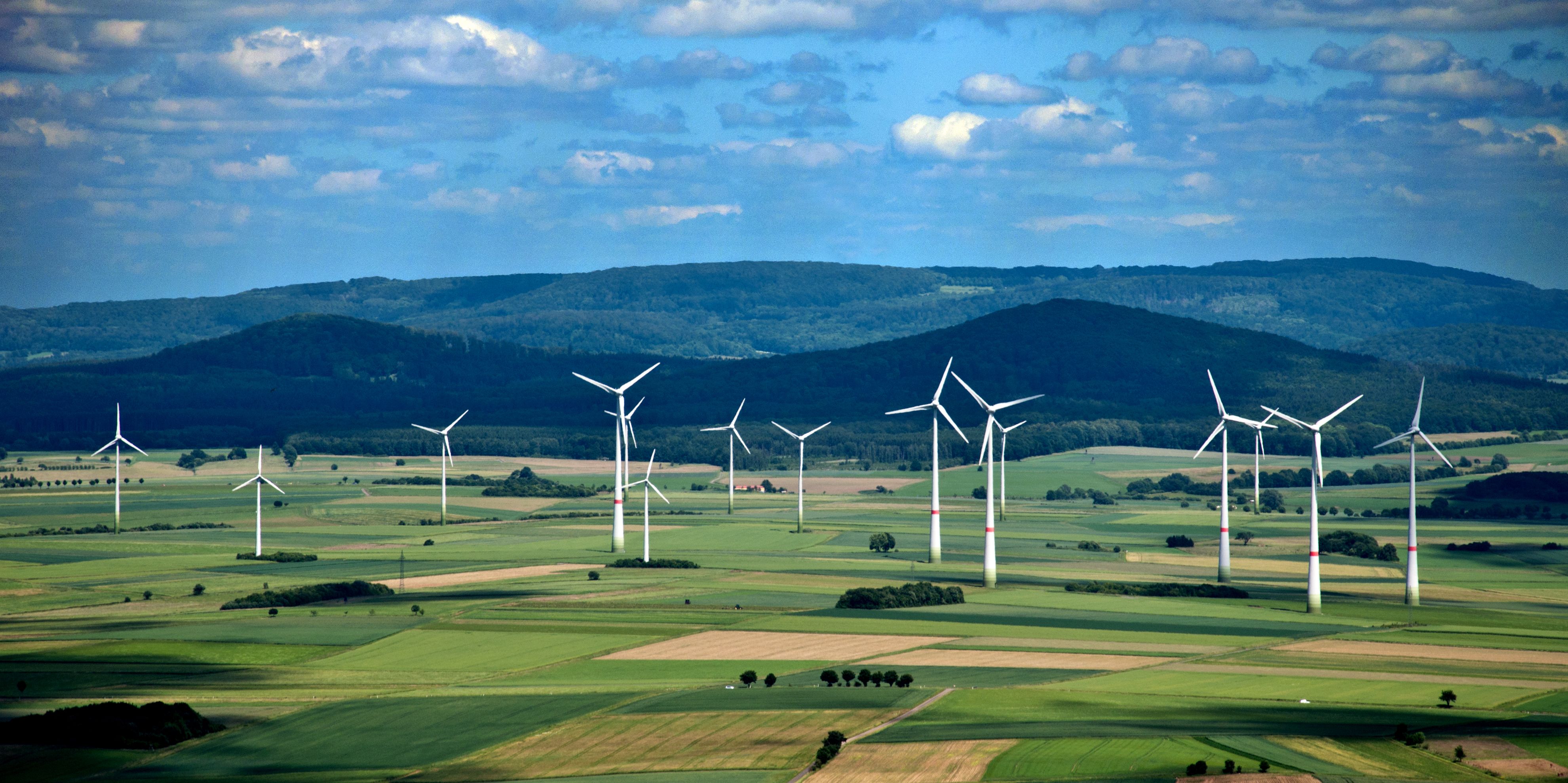After several years of delay, one of the showpiece Belt & Road projects is finally in motion. The Thai has cabinet signed off on US$5.2 billion of funding for the high-speed rail line between Bangkok and the province of Nakhon Ratchasima, about 250 kilometres northeast of Bangkok.
On July 11 the cabinet approved the proposals made by the Ministry of Transport and agreed on funding. The Thai government will take total responsibility for the budget, according to the minutes of the meeting. The first phase (Bangkok to Nakhon Ratchasima) of the Bangkok-Nong Khai high-speed railroad infrastructure development project will be implemented under a cooperative framework between the governments of China and Thailand.

Thai construction workers on an earlier section of track in Nakhon Ratchasima, June 27 2015. Photo credit: Prach Trapmanee/Shutterstock.com
The first phase encompasses a 250 kilometre line with six stations. Thai firms will be responsible for the construction of the line, while China will provide technical training and supply the trains, signal systems and other technology. Travel time will be reduced from six hours to one-and-a-half hours. Services should be operating by 2021.
The agreement is important to China for number of reasons. First, the new line is phase one in a high-speed rail link running from Bangkok up into southern China, via Laos. Better connectivity is viewed as vital to kickstart trade and economic development across the region.
Second, amid fierce competition from high-speed train manufacturers such as Japan (Shinkansen), Germany (ICE), France (TGV) and Korea (KTX), China is anxious to see its trains establish themselves across Southeast Asia.
Last month, Thai Prime Minister Prayut Chan-o-cha invoked an executive order to get around the many legal and political hurdles that have been slowing down progress on the planned project.
Future phases will involve a line from Nakhon Ratchasima to Nong Khai, which lies across the Mekong River from Vientiane, which will connect with a line running up across the Chinese border into Kunming, Yunnan province. Construction work on the US$5.8 billion Laos-China railway began last December, with much of the funding coming from China.
Trains will also eventually run from Bangkok all the way down to Singapore. The entire Kunming to Singapore railway will be 3,000 kilometres in length.
Thailand is also looking for more Chinese investment in the Eastern Economic Corridor (EEC) where it is trying to boost its manufacturing and high-tech industries. This could include setting up supply chain facilities for Chinese companies.
On July 6 the Prime Minister Prayut Chan-o-cha presided over a meeting of the EEC Board, where deep seaport projects in Laem Chabang, Sattahip, and Map Ta Phut were approved. The third phase of Laem Chabang Sea Port, which is under the responsibility of Port Authority of Thailand, will be opened for private investment in 2018, and is expected to be completed in 2025. The third phase of Map Ta Put Industrial Sea Port, under the responsibility of Industrial Estate Authority of Thailand, will also be opened for private investment in 2018, and is expected to be completed in 2024.









